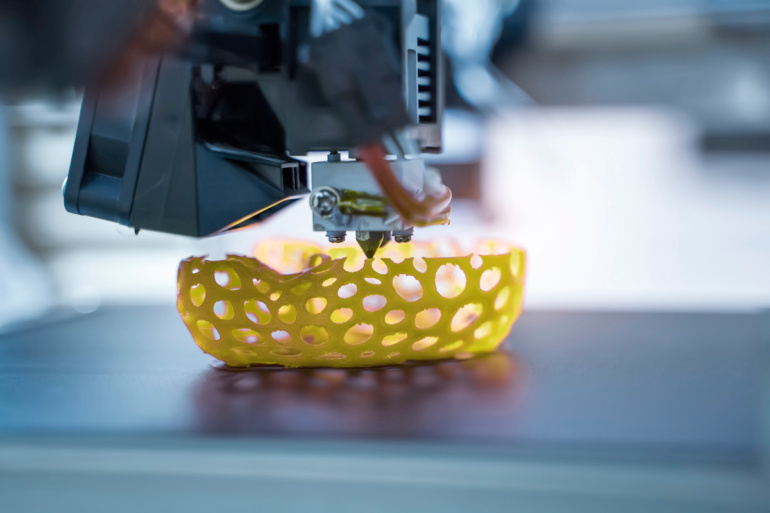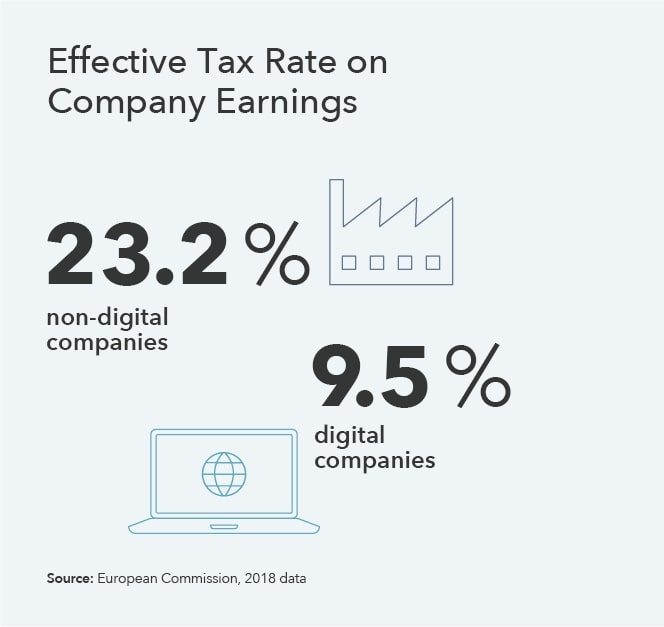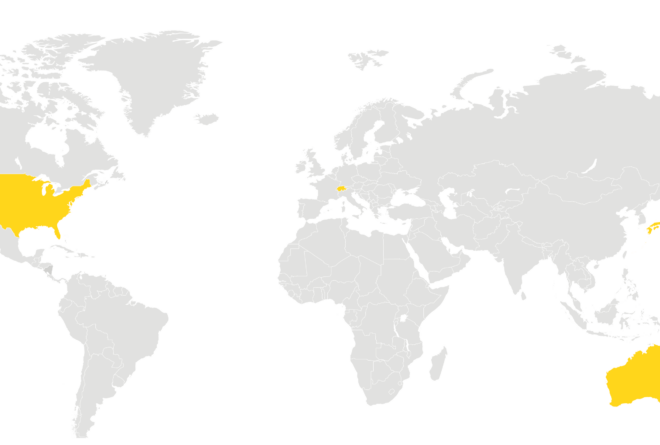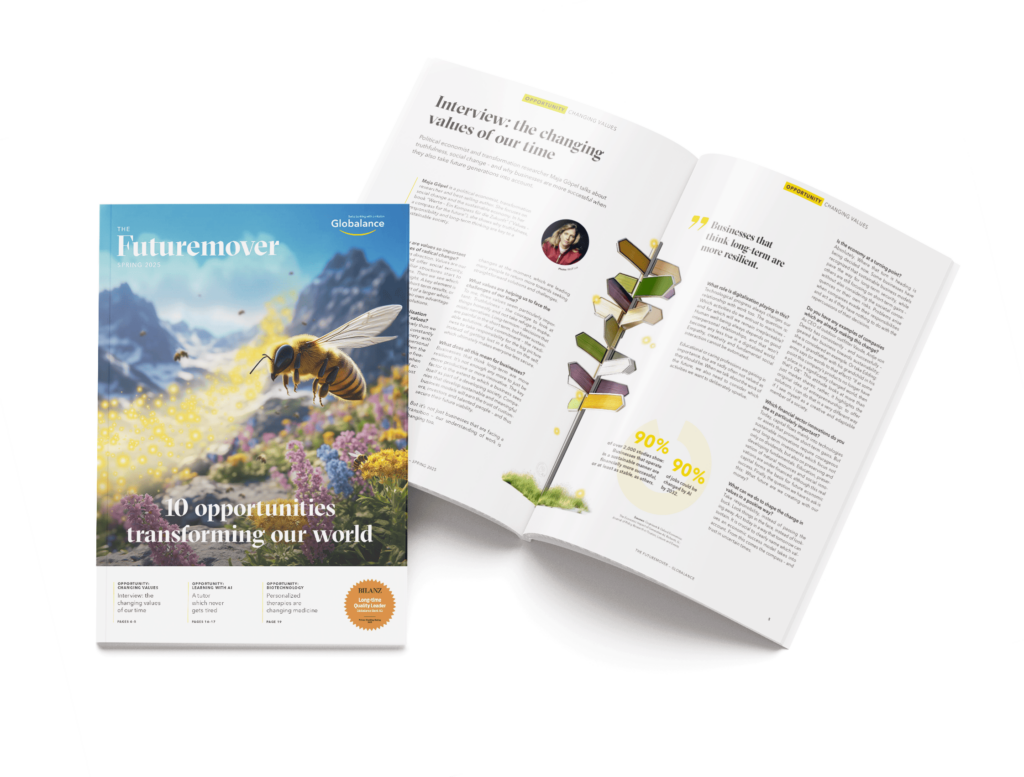News & Trends
Glocalization

From Langnau instead of Shenzen
Increasing economic globalization and the internationality of trade seemed for a long time to be irreversible. Jobs from industrialized countries shifted to emerging markets and supply chains became internationalized.
For a long time it was called Shenzen instead of Langnau. But intensified competition between the Chinese and US economic systems shook the foundations of globalization and the coronavirus crisis has shown how sensitive the system of international value creation is. Delivery and Retail chains were suddenly interrupted and the global production network disrupted.
Trends towards ’Cosmopolitan’ Patriotism
However, even before the pandemic, trade disputes and punitive tariffs, reshoring was on the rise. More and more companies are reshoring their value and supply chains, especially in the chemical, automotive and pharmaceutical industries. Many companies are planning to expand into their own national regions.
Are we experiencing the end of globalization?
Or this is merely a cosmetic change, and globalization is actually an unstoppable process. A kind of decentralization of markets and value chains with simultaneous intensification of cooperative systems — locally and yet globally.
Bits and Bytes instead of Containers
The trade in goods is outdated, the future belongs to cross-border flows of data. Trade in services is growing 60 percent faster than trade in goods. New technologies in the form of digital platforms and artificial intelligence are giving global supply chains a transformative look. Whereas otherwise unfinished capital goods such as industrial plants, machines, plant or vehicles were previously shipped to all regions of the world, today it is sufficient to send digital design sketches or construction plans. The desired end product can thus be manufactured at the customer’s site exactly as required. Data transfer makes trade in goods in the broadest sense obsolete. Bold claim or a fact? The US company General Electric changed its production methods years ago. Instead of delivering 20 individual parts for a fuel nozzle to its site in India, production plans are transferred. The 3-D printer takes care of the rest of the production on site. Additive production reduces delivery and logistics costs, and it shortens the cycle time by up to ten times through simplification and enables On-demand product solutions for businesses. Incidentally, the quality exceeds that of its traditional predecessors.
In the future, this will result in comprehensive changes in the flow of goods and this will simultaneously relieve the transportation routes and the environment.
Trade in services is growing 60 % faster than trade in goods.
Slowbalisation
Empirical evidence does not point to the end of globalization, but to a significant Restructuring of trade linkages. The low-wage strategy, for example, is nearing its end. Of course, semi-finished products and inputs from Europe or the USA are still shipped to Asia in containers to be processed into consumer goods by cheaper workers — but the trend is declining.
Wage, environmental and social costs are also rising in Asia, China and India in particular will have to produce more for their own needs, and digital technologies are calling time on the low-wage project. Cheaper “made in Europe” products are becoming more attractive again thanks to artificial intelligence and Big Data. The threat of punitive trade tariffs have also left their mark. Globalization strategies are therefore increasingly associated with risks and higher costs. The result is currently a cross-border trade slowdown, which the Economist calls “Slowbalisation”.
Globalization is out for the count, it is changing its shape and we are witnessing the beginning of glocalization — more Langnau, less Shenzen. Business models and markets remain global, but specific solutions are becoming increasingly localised in nature. Fewer containers, but more global exchange of knowledge and data. Decentralized production at the customer’s premises instead of relocation to low-wage countries. This is how future movers work. This is how digital globalization works.

WILL TAX REVENUES SOON GROW BY USD 100 BILLION ANNUALLY?
Progressive digitalization leads to new forms of Value creation and tax avoidance models. The reform of the OECD is above all focusing on the GAFA technology groups (Google, Apple, Facebook, Amazon). The planned digital tax will in future not only be levied at the company headquarters, but also in the countries where the products are marketed. In summary: Taxes are paid where the value chain is achieved. So is it farewell to aggressive tax planning and the flight to tax havens? Wait and see — the negotations among 137 states will run until mid 2021.



